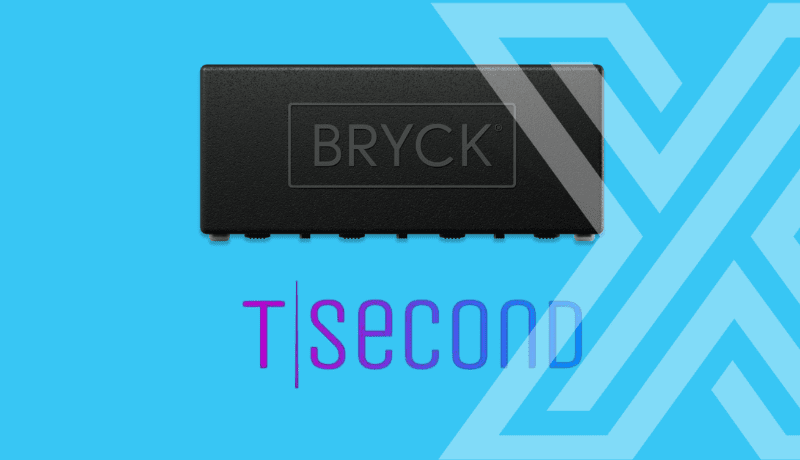There are two rules when it comes to modernising your datacentre but what it boils down to is focusing on a good outcome.
Rule #1: Keep it simple
When technology needs an update, some organisations choose to modernise over time, following the same problem-by-problem approach they used to build the original data centre. This piecemeal approach is complex and can be agonisingly slow. What’s worse, all that time and effort won’t necessarily lead to a better end product or even lower costs.
Instead of focusing on daily problems that arise, hyperconverged infrastructure (HCI) lets you focus on the outcome: a simpler data centre that’s cost-effective and easy to manage. HCI takes a building block approach to architecture, consolidating compute, storage, network switching, replication, and backup in a single integrated system. The consolidation of these IT functions onto virtualized hardware can greatly simplify environments that have been divided by siloed point solutions.
VM-centric HCI systems are also simple for IT administrators to manage, and require much less data centre space than traditional IT devices.
Rule #2: Don’t overspend
Hyperconvergence requires some upfront investment, but it can deliver a huge return on that investment. In this study based on research with real world customers, Forrester Consulting found that HCI reduces TCO by 69% on average compared to traditional IT. Converging the entire IT stack – firmware, hypervisor, and data virtualisation software – has additional advantages, according to that same study. Data centre footprint can be reduced 10:1, backups and disaster recovery become simple and straightforward, and upgrades are managed for the whole stack. The most efficient solutions also free up significant staff time, boosting the economic benefits even further. IDC reports an 81% increase in time available to focus on new projects as a direct result of hyperconverged deployment.
Our data centre solutions guarantee high availability, reliability and security for your infrastructure












 Monitoring by Hotjar
Monitoring by Hotjar